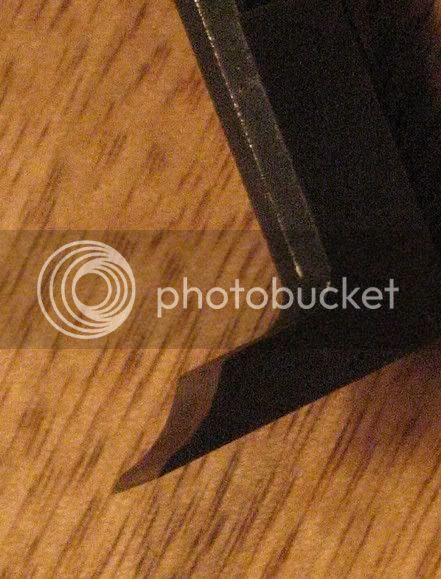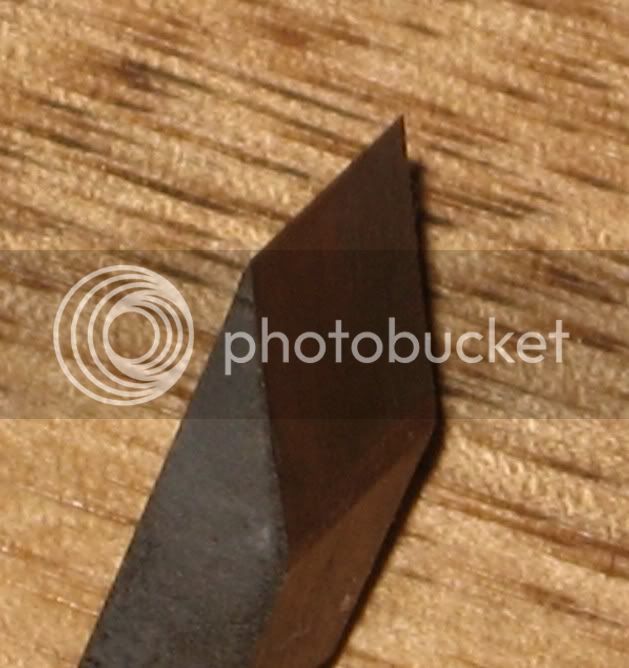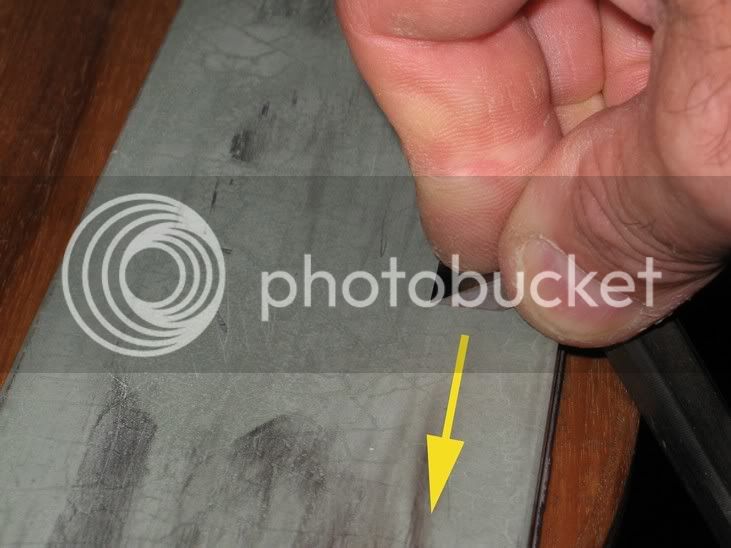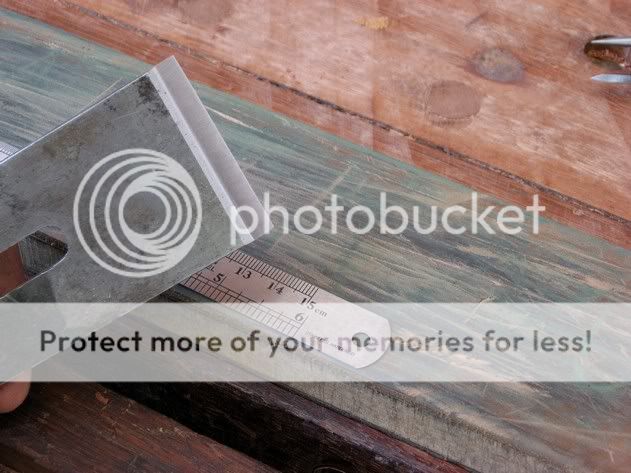Alan Smith
Established Member
Yup, I have got the right section. What I'd like to know about is the non electric type, specifically Record 71. Anyone still use these? I picked up a nice complete one with a view to using it for cleaning up sinks for hinges and lock plates etc. Would like to hear if anyone has any views or tips. Playing around with it I suspect it may well turn out to be a useful bit of kit.





































